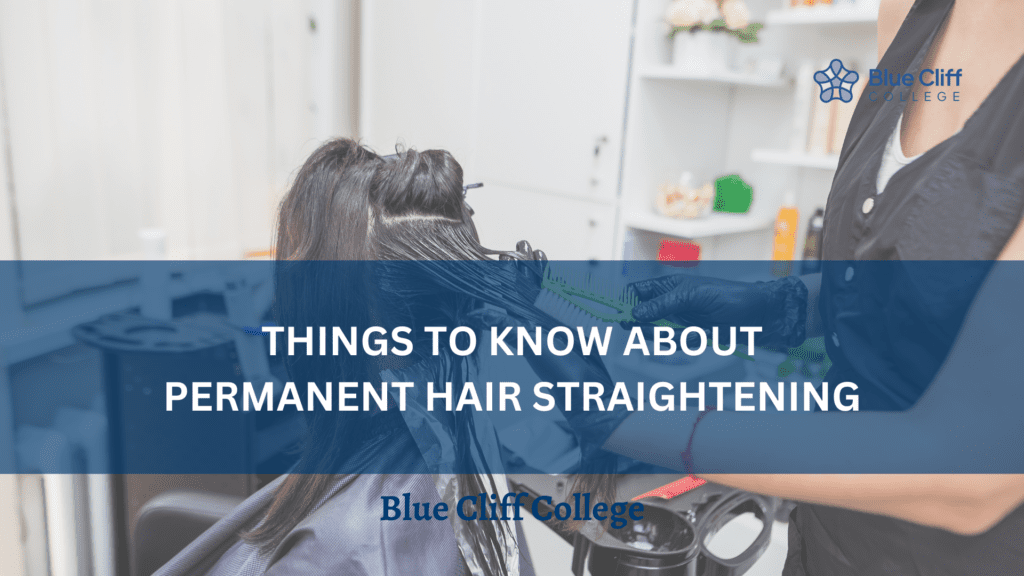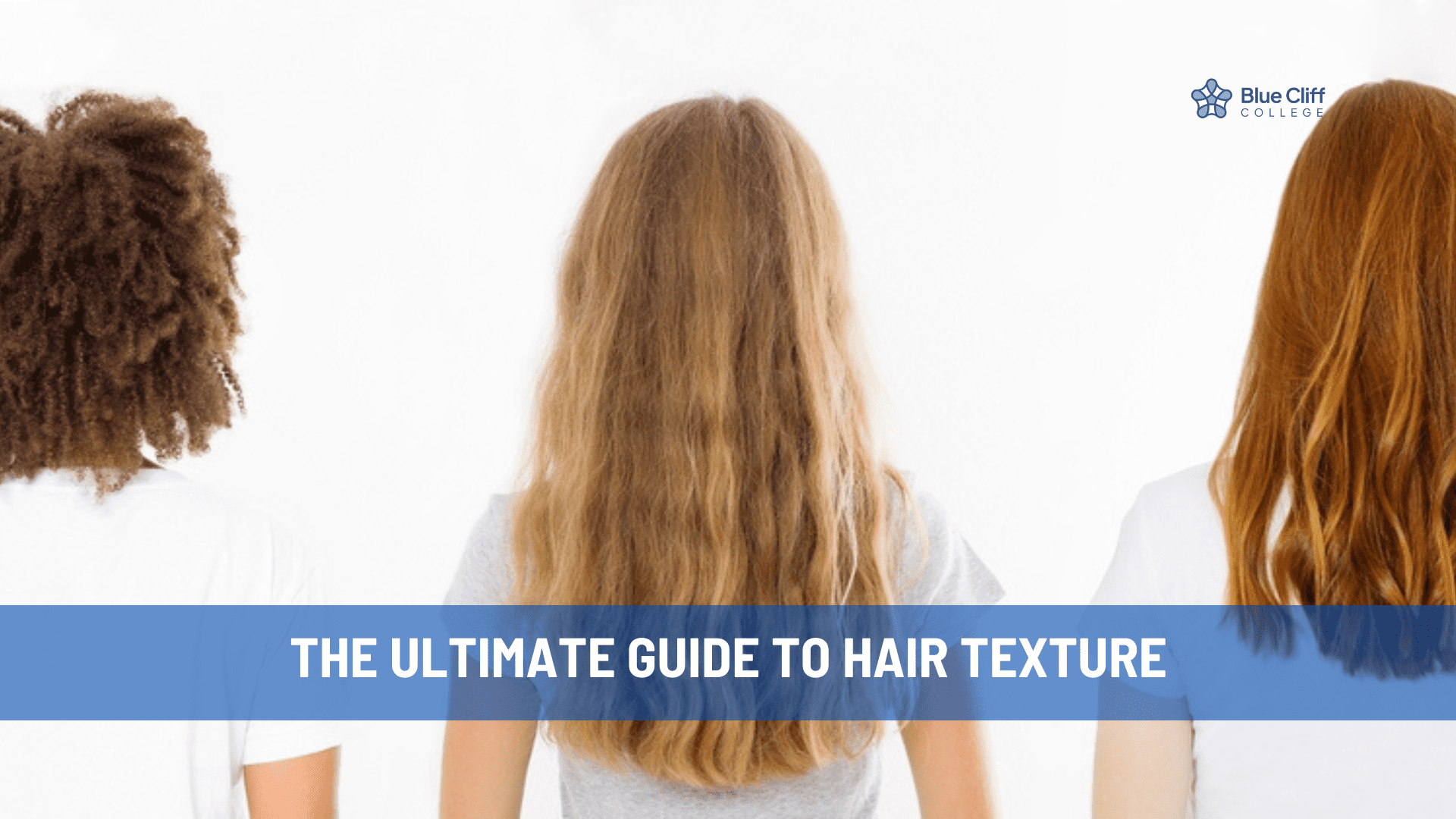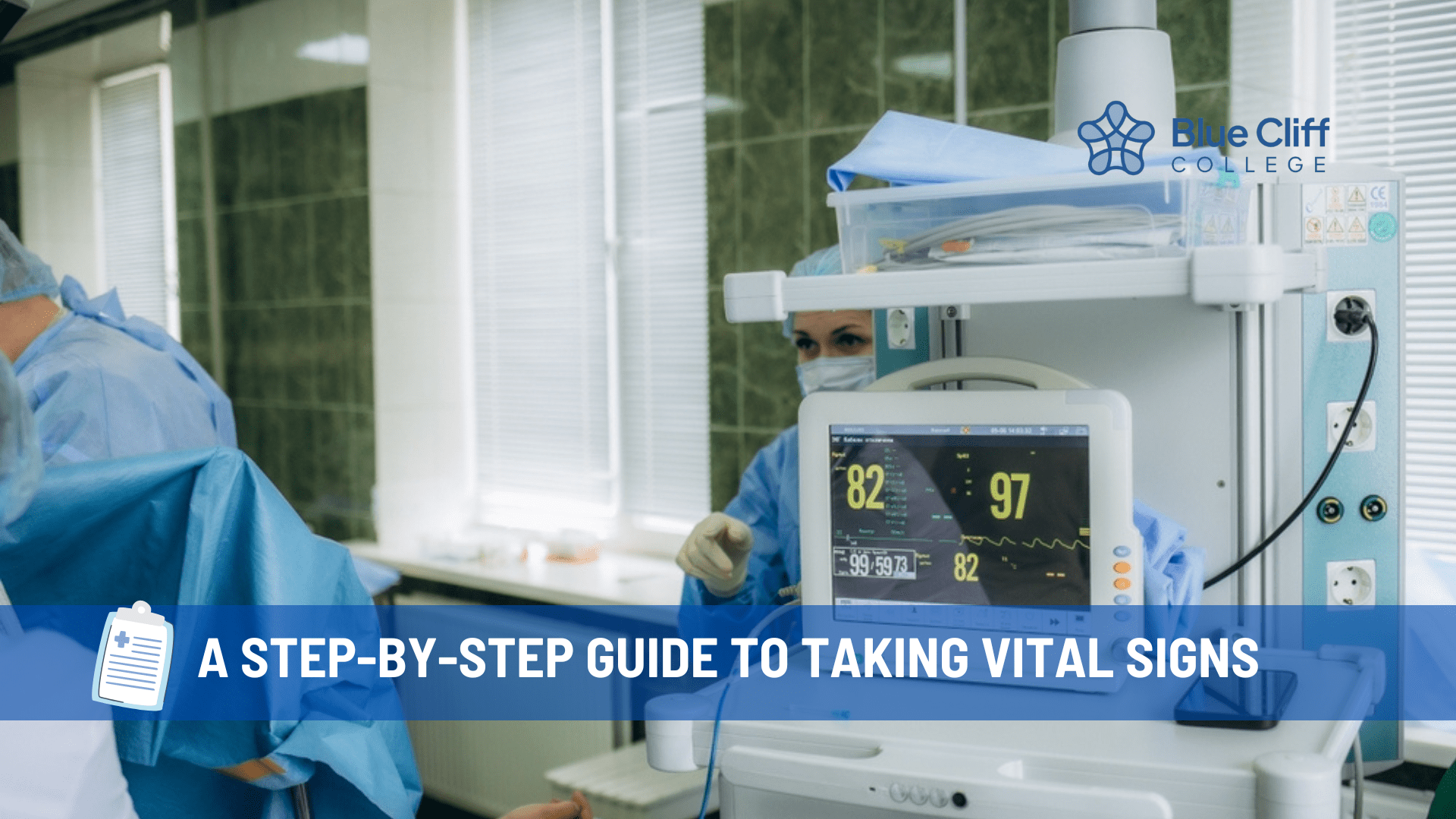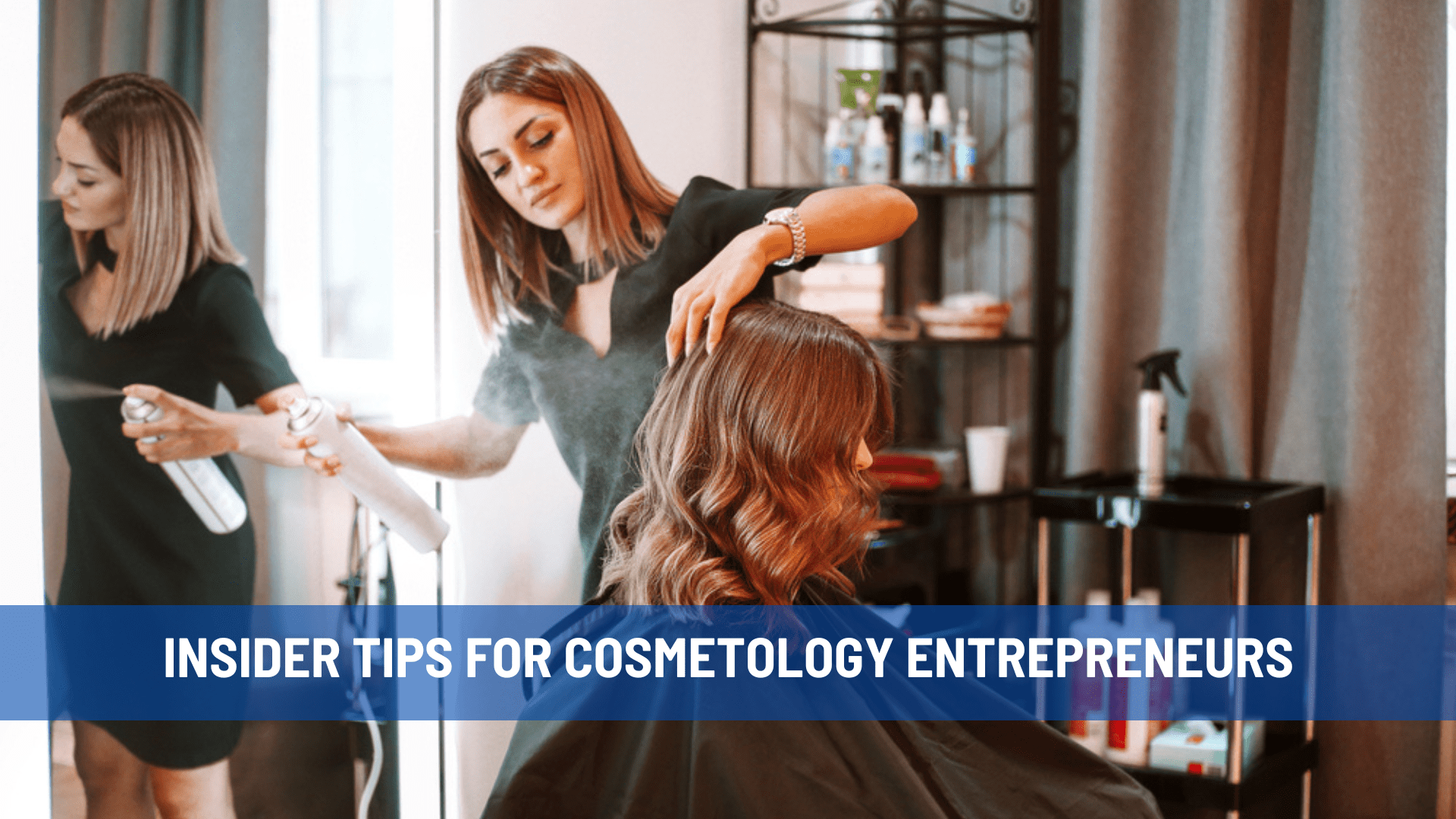Do you wish your hair could be silky and straight every day? That’s all possible with permanent hair straightening. Permanent hair straightening is a chemical process that removes all traces of waves and curls from your hair.
You may be surprised to learn that hair straightening dates back to Ancient Egyptian times, though it became mainstream in the 1980s.
Keep reading this guide to learn everything you need to know about permanent hair straightening.
Is Permanently Straightening Your Hair Safe?
While no chemicals are necessarily “healthy” for your hair, chemical straighteners that are alkaline sulfite-based or lye-free are the safest for people to use in their hair.
4 Types of Permanent Hair Straightening
1. Keratin Treatment
Keratin treatments are one popular hair straightening technique. Your stylist will apply protein to your hair that seals moisture into your cuticles and reduces the waves and curls in your hair. The advantage of keratin treatments is that they will get rid of frizz and give you smooth, sleek, and shiny hair for up to six months. However, getting keratin treatments long-term may lead to hair breakage and decolorization.
2. Japanese Treatment
Another method of permanent hair straightening are Japanese treatments, also known as thermal reconditioning. In this process, your stylist will use a thio-based chemical treatment to alter the protein within your hair cuticle to remove frizz and make it stay straight. Japanese treatments do not cause any damage to your hair like keratin and may even improve the strength of your hair long-term.
3. Hair Rebonding Treatment
Hair rebonding treatments are extensive hair straightening solutions. Your stylist will use a chemical process that contains formaldehyde to redesign the alignment of your hair. While this process will help you achieve silky straight hair, the harsh chemicals within the treatment may cause damage to your hair long-term.
4. Hair Relaxing
Hair relaxers are also called “chemical straighteners.” This process is similar to a perm, except that it keeps your hair smoother, so it is less prone to breakage and tangles. That said, using hair relaxers long-term may lead to breakage or scalp irritation.
Non-Chemical Way of Straightening Your Hair
- Flat Iron: A flat iron is a hair-straightening device that uses heat to straighten your hair. This is the most cost-efficient and least time-consuming way to achieve straight hair. However, since flat irons expose your hair to heat, they may lead to hair breakage and a dry scalp. That’s why it’s always important to use a proper heat protectant when straightening your hair.
- Blow Drying: Blow-drying your hair will leave it bouncy, smooth, and styled to your liking. It is important to avoid high temperatures on your blow dryers and use a heat protectant, as overuse may cause dry hair and scalp burns.
- Straightening Brushes: A straightening brush is a combination of a flat iron and a hairbrush. Simply brush your hair, and the device will straighten and detangle your locks at the same time. While straightening brushes are convenient and use less direct heat than flat irons or blow dryers, some people complain that they may cause split ends.
Unleash Your Creativity with Blue Cliff College’s Cosmetology Program.
Alternative Salon Treatments
- Amino-Acid Treatments: Amino-acid treatments contain organic compounds to straighten and smooth your hair. These treatments last 6-8 weeks and help overall hair growth. This is a much healthier treatment option and does not cause harmful damage like other methods.
- Deep Conditioning: Treatments Deep conditioning nourishes your hair with moisture to prevent dryness, frizz, and damage. While deep conditioning is a great method to preserve the health of your hair, it can lead to oily, limp hair if used too often.
What Are the Natural Hair Straightening Methods
- Hot Oil Treatment: Hot oil treatments use plant-based oils to seal your hair cuticles and prevent breakage. While these treatments will not cause damage to your hair, they are only a temporary solution and may be time-consuming.
- DIY Milk Spray: One great DIY method to deep condition your hair is by making a coconut milk spray. This concoction consists of coconut oil, jojoba, argan, and essential oils. DIY milk spray is very beneficial for the health of your hair, but overuse can lead to greasiness.
- Coconut Water and Lemon Juice: Massaging your scalp with coconut water and lemon juice is another natural way to achieve hydrated hair, reduce dandruff, and even help stimulate hair growth. Since lemon juice is acidic, it’s important not to use this method too frequently as it may cause scalp irritation.
- Eggs and Olive Oil Mask: Eggs and olive oil masks are a classic, natural way to achieve softer hair. All you need is a beaten egg and one tablespoon of olive oil. Then, allow the mask to sit on your hair for at least 20 minutes before washing it out with cool water. The only con of an eggs and olive oil mask is the unpleasant smell. However, using a good-scented shampoo and conditioner is an easy way to fix this.
Post-Treatment Hair Care
It’s important to follow proper measures after your permanent hair straightening treatment. This way your hair will stay straight and shiny for a longer period of time. Here are the best post-treatment hair care tips you should follow to make the most out of your straight hair.
- Avoid Shampooing Right Away: Avoid washing your hair for three days following professional hair straightening. When it is time to wash your hair, avoid any shampoos that contain sulfates as they could damage your hair.
- Avoid Heat Stay away from any heating devices such as flat irons or blow dryers or else you could put your hair at risk of damage and frizz.
- Keep Your Hair Hydrated: Be sure to use safe, moisturizing products during your hair care regime. This includes products like oils, hair masks, and deep conditioners. With that said, be careful not to overhydrate your hair as this may cause oil buildup and limpness.
Frequently Asked Questions
- Can I Color My Hair After Permanent Hair Straightening? You must wait two weeks after permanent hair straightening to color your hair.
- How Long Does a Permanent Straightening Last? Permanent straightening lasts 4-6 months.
- Can I Go Swimming or to the Gym After Permanent Hair Straightening? You should not get your hair wet for at least 72 hours after permanent hair straightening.
- Does Hair Go Back To Normal After Permanent Straightening? Your hair will not go back to normal until your hair is fully grown out and is cut off.
- How Often Should You Get Permanent Hair Straightening? This depends on the type of hair straightening method, but it’s generally best to wait at least 4-6 months between treatments.
- How To Make Curly Hair Straight Permanently? To make curly hair straight permanently, you must receive chemical permanent hair treatments at your salon.
Become a Licensed Esthetician at Blue Cliff College
Do you want to expand your hair care knowledge? Then a career in esthetics might be the right choice for you. By enrolling in our esthetics program at Blue Cliff College, you can become a licensed esthetician in as little as six months. So, what’re you waiting for? Enroll today or give us a call at (866) 340-3167.





